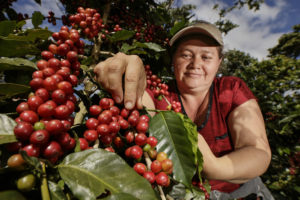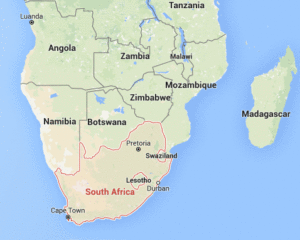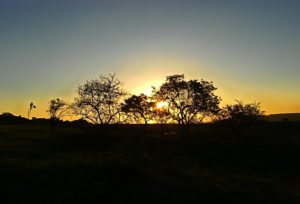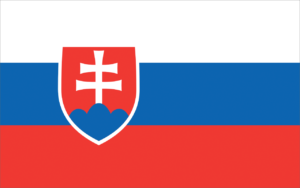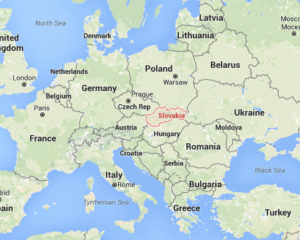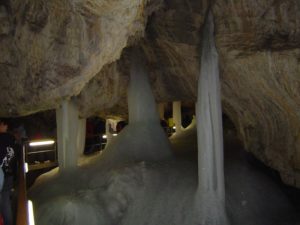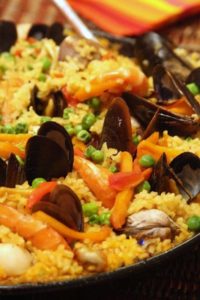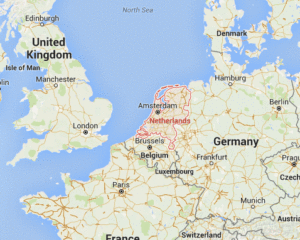Let’s focus on global awareness and share some cultural experiences! Most importantly, share your culture with your host family. Incorporate games, books, songs, language, foods, etc, into your host family’s lives. Cooking a dish from your family is a great way to share. Discuss similar traditions and ones unique to your family or culture.
Resources:
- Use the APIA Global Awareness website for an amazing collection of resources!
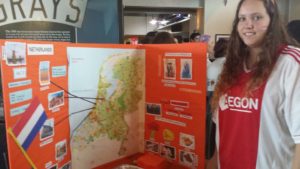
- Learn about various countries by visiting the APIA Culture Corner!
- Listen to a story in English or Spanish (preschool and lower elementary level)
- Think outside the box about how to still give informative glimpses of our various cultures! How about creating a display that we can capture clear pictures of? Making a short video? Possibilities abound!
- Mini books from multiple countries!
- Culture through cooking! Around the world in 12 dishes!
- Check out this photo collection of how children play around the world.
- Create a bilingual literacy game!
- Listen to samples of various languages!
- Learn about Christmas in Australia!
- Have some Diwali fun with play dough!
- Use the internet to help you share language with your host kids!
- Tips and activities for raising global citizens!
- See what people around the world eat for breakfast!
- How about using apps to develop foreign language skills?
Books:
- This Is How I Do It: One Day in the Life… This fun and engaging workbook will get kids
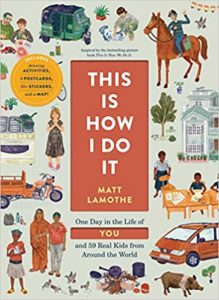 writing, drawing, and sharing while also learning about cultures and countries other than their own.
writing, drawing, and sharing while also learning about cultures and countries other than their own.
• Includes drawing activities, postcards, sticker sheets, and a fold-out map
• A die-cut cover for kids to draw their portrait and write their name on makes this activity book a keepsake to treasure
• Encourages self-reflection while also teaching kids about different traditions and customs. - What We Wear. A celebration of clothing in bright, beautiful
 photographs of exuberant and diverse children from around the world, WHAT WE WEAR: DRESSING UP AROUND THE WORLD inspires young readers to explore the way clothing makes them feel and how it tells the world who they are. What we wear can identify who we are: what team we play for or what team we root for, where we go to school, how we worship, or how we represent our heritage. What we wear expresses our individuality, and clothes can make us happy, confident, and proud.
photographs of exuberant and diverse children from around the world, WHAT WE WEAR: DRESSING UP AROUND THE WORLD inspires young readers to explore the way clothing makes them feel and how it tells the world who they are. What we wear can identify who we are: what team we play for or what team we root for, where we go to school, how we worship, or how we represent our heritage. What we wear expresses our individuality, and clothes can make us happy, confident, and proud. - The Travel Book: A Journey Through Every Country in the World. Take a world tour through
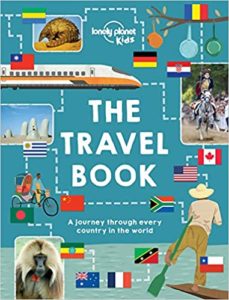 200 countries with this brand new edition of the bestselling kids’ version of Lonely Planet’s popular The Travel Book, loaded with thousands of amazing facts on wildlife, how people live, sports, hideous and mouthwatering food, festivals and a wide range of other quirky insights on every page. Every single country gets its own dedicated page, and a mix of photography and beautiful illustrations brings each land to life.
200 countries with this brand new edition of the bestselling kids’ version of Lonely Planet’s popular The Travel Book, loaded with thousands of amazing facts on wildlife, how people live, sports, hideous and mouthwatering food, festivals and a wide range of other quirky insights on every page. Every single country gets its own dedicated page, and a mix of photography and beautiful illustrations brings each land to life.
Photo by {Rona Proudfoot}; hiritomo t {flickr}




